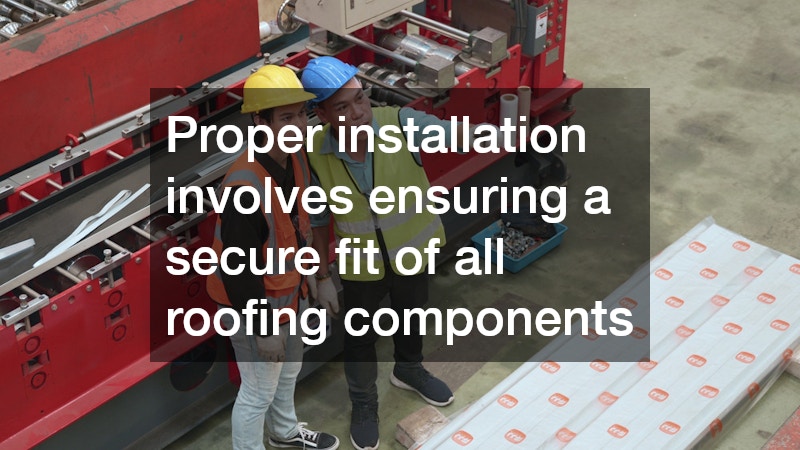Explore the diverse range of commercial roofing options available, and understand the implications each has for your business. The greater your comprehension of commercial roofing concepts and practices, the better equipped you will be to manage all of your roofing needs and concerns.
Types of Commercial Roofing Systems
When considering a roof for your commercial building, you have several options to choose from, each with unique features and benefits. Thermoplastic Olefin (TPO) is a popular option known for its energy efficiency and durability.
It resists mold growth, dirt accumulation, tears, and punctures, making it a preferred choice for many business owners.
Ethylene Propylene Diene Monomer (EPDM) is another common choice recognized for its longevity and resistance to weathering. As a rubber-like material, EPDM performs well in various climates. It is flexible, allowing it to withstand temperature fluctuations without cracking or breaking.
Polyvinyl Chloride (PVC) roofing is valued for its strength and durability, making it ideal for commercial properties exposed to extreme weather conditions. PVC roofs are resistant to chemical damage and fires, offering a robust solution for many industrial buildings.
Materials for Your Commercial Roof
Selecting the best material for your commercial roof depends on several factors, including the local climate. Areas prone to extreme heat or cold may benefit from specific materials that offer better insulation properties. TPO, for instance, reflects sunlight, reducing heat absorption and ultimately cooling the building more efficiently.
Building structure and intended use also play significant roles in choosing the right roofing material. A flat roof may require different materials and maintenance compared to a sloped roof. Additionally, some industries have specific roofing requirements based on their operational needs.
Budget is another crucial factor impacting your choice. While some materials, like PVC, may be more expensive upfront, their durability and low maintenance costs can present long-term savings. Conversely, more affordable options like EPDM can provide cost-effective solutions despite requiring more frequent maintenance.
The Average Lifespan of a Commercial Roof
The lifespan of commercial roofing systems can vary significantly depending on the material. TPO roofs typically last between 15 to 20 years with proper maintenance. Regular inspections and minor adjustments can enhance their longevity.
EPDM roofs are known for their durability, with many lasting up to 30 years or more. Their resilience to UV radiation and weather elements is a significant contributing factor to their extended lifespan.
PVC roofs also offer a long lifespan, often ranging between 20 to 30 years. Reputable installation and routine upkeep can further mitigate wear and tear, ensuring your roof remains in excellent condition over time.
The Installation Process
The installation process is vital to the performance of any commercial roof. A poorly installed roof can lead to a wide array of issues, including leaks, compromised insulation, and structural damage. It is crucial to choose experienced and reputable roofing contractors.
Proper installation involves ensuring a secure fit of all roofing components, adequate insulation, and effective sealing of seams and edges. Incorrect installation can result in thermal bridging, which reduces the roof’s energy efficiency by allowing heat transfer between the interior and exterior.
Furthermore, the installation process should comply with the manufacturer’s specifications and local building codes to guarantee that the roof performs as intended. Investing in quality installation can prevent costly repairs and extend the life of your roof.
Costs Associated with Maintaining Commercial Roofs
Maintenance costs for commercial roofs vary based on the material and environmental factors. Regular inspections and minor repairs can prevent significant issues, often saving money in the long term. Predictable materials like TPO generally have lower maintenance costs due to their resistance to common roofing issues.
EPDM roofs, while durable, may require upkeep to address potential shrinkage and seam repair. Maintenance influences their longevity and performance, and proactive management can help prevent costly water damage repairs.
PVC roofs demand attention to potential punctures and damage from external impacts. Despite higher upfront costs, their maintenance expenses can be manageable with routine care, extending their lifespan and protecting the building’s integrity.
The importance of making informed decisions regarding commercial roofing cannot be overstated. It is critical to ensure durability and cost-efficiency over the years. Understanding the options, common installation practices, and maintenance requirements will help in choosing the most suitable roofing system for your business needs.



